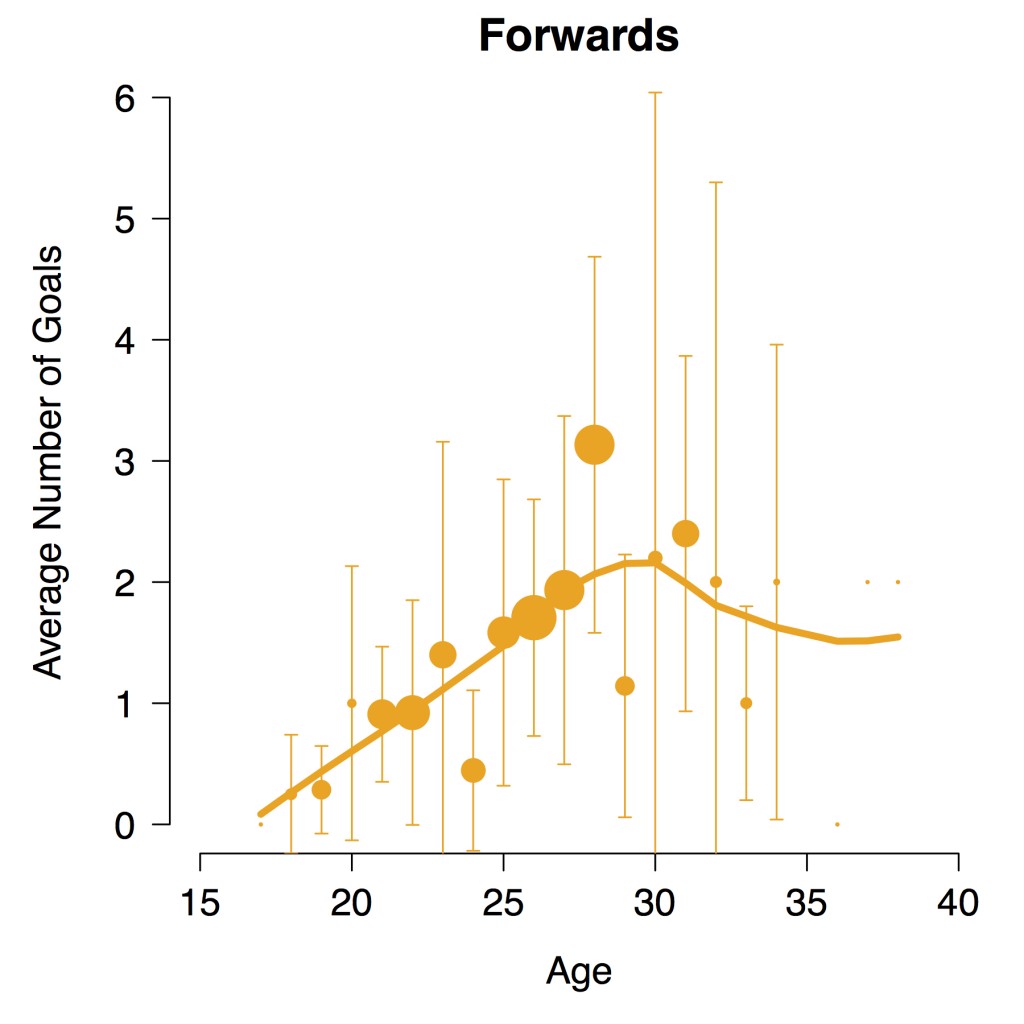David Kellen has a new paper out in the Journal of Mathematical Psychology on recognition memory modelling. David’s paper deals with an old problem in model comparison, namely how to penalize models according to their flexibility (i.e., how to implement a reasonable Ockham’s razor?). Specifically, the paper reports an efficient method for the computation of the Normalized Maximum Likelihood statistic for models of categorical data. This statistic is then applied to the domain of recognition-memory models, in which model flexibility is known to play a large role when comparing model fits to empirical data.
The flexibility of models of recognition memory: The case of confidence ratings
The normalized maximum likelihood (NML) index is a model-selection index derived from the minimum-description length principle. In contrast to traditional model-selection indices, it also quantifies differences in flexibility between models related to their functional form. We present a new method for computing the NML index for models of categorical data that parameterize multinomial or product-multinomial distributions and apply it to comparing the flexibility of major models of recognition memory for confidence-rating based receiver-operating-characteristic (ROC) data. NML penalties are tabulated for datasets of typical sizes and interpolation functions are fitted that allow one to interpolate NML penalties for datasets with sizes between the tabulated ones. Recovery studies suggest that the NML index performs better than traditional model-selection indices in model selection from ROC data. In an NML-based meta-analysis of 850 ROC datasets, versions of the dual-process signal detection models received most support followed by the finite mixture signal detection model and constrained versions of two-high threshold models.


